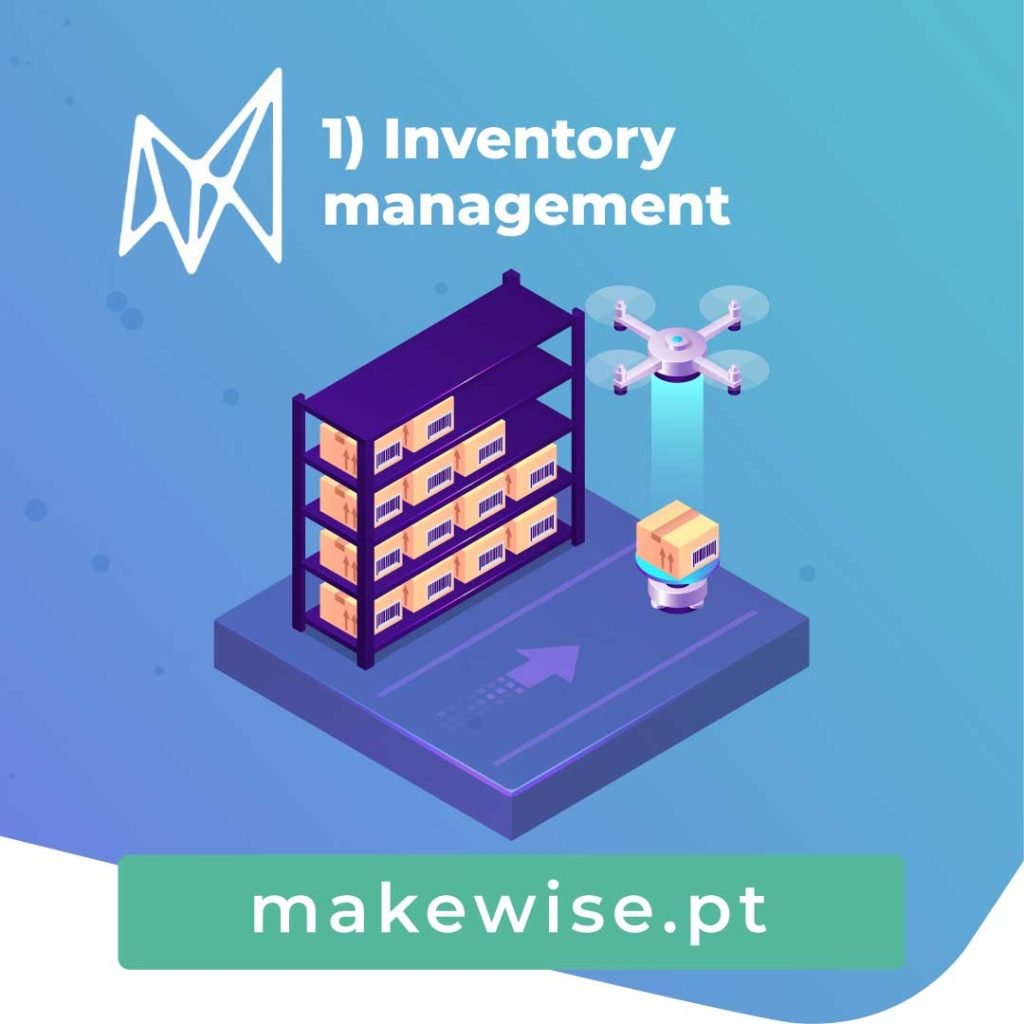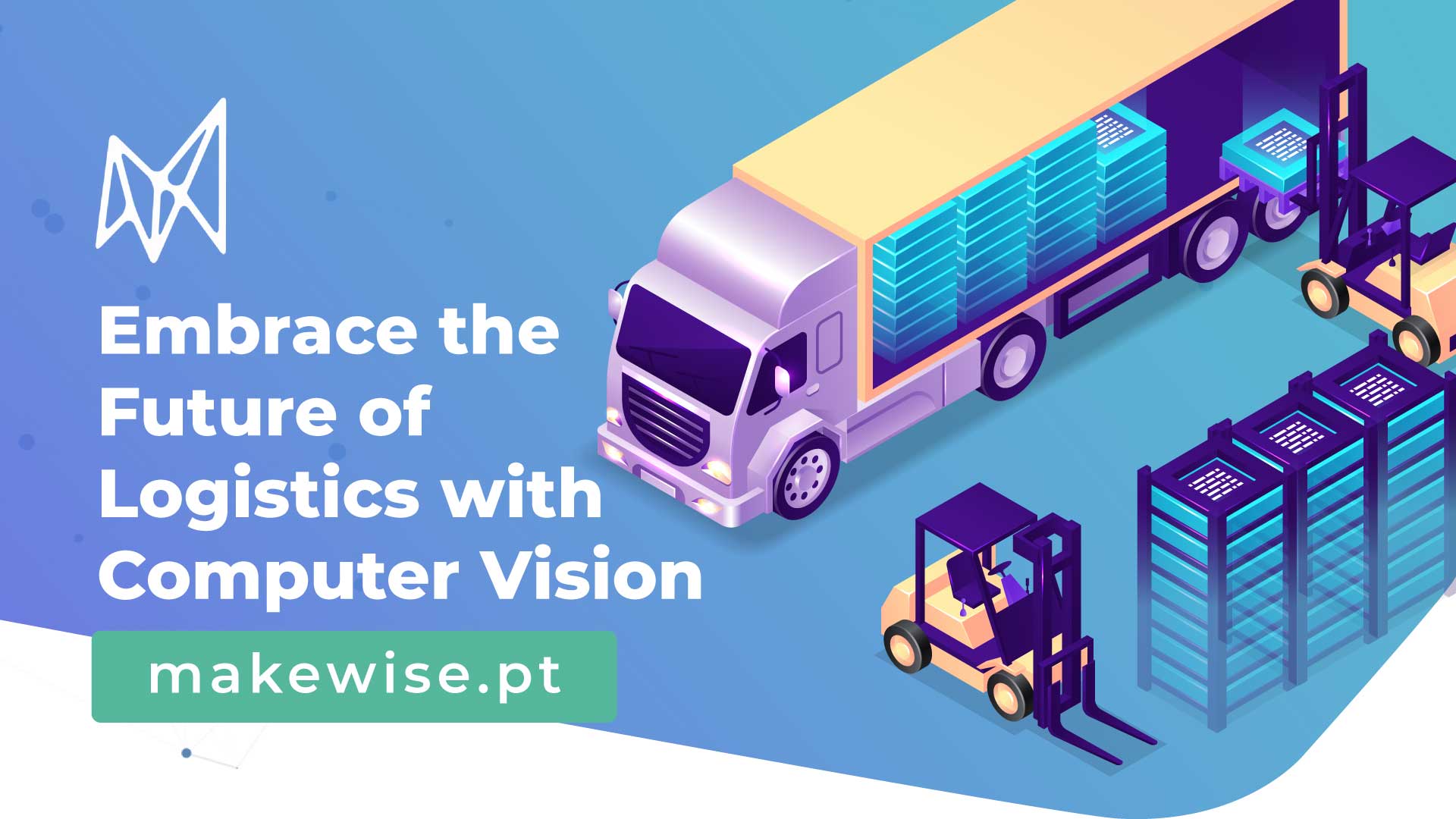In today’s fast-paced business landscape, staying competitive requires adopting cutting-edge technologies. One such technology is AI-based computer vision, which is revolutionizing the way businesses operate and manage their supply chains. By using the power of image and video analysis, computer vision has emerged as a powerful tool in identifying and addressing challenges in logistics, transportation, and supply chain management.
This technology offers diverse benefits, including increased efficiency, improved safety, and reduced operational costs. In this article, we will delve into the influence of computer vision on logistics and supply chain management.
What is computer vision?
We’ve written various articles previously talking about computer vision, so, to keep it simple, think about how humans see things: our eyes capture images, our brain interprets them.
Machines work similarly. They have a camera to capture images and a computer with AI to understand them. This helps machines understand images, just like humans. Many companies use this technology to improve their operations.
And what does it do?
Computer vision, working in conjunction with machine learning algorithms, has various applications. Some of those are:
- Object or movement detection – Detection is a fundamental task in computer vision where the computer recognizes the presence of objects or movements without the need to comprehend them fully. By training AI models on datasets featuring images of objects or motion along with labeled bounding boxes, the model rapidly acquires the ability to identify them, even in complex and detailed images.
- Image classification – The algorithm assigns a category to an image using the information it has gathered from its database. For instance, if you want it to determine whether an image shows a car or a bike, it has been trained with a database that contains labeled images of both cars and bikes, enabling it to differentiate between these two categories.
- Image segmentation – The AI can pinpoint a specific part of an image using defined criteria, such as colour. This capability is particularly useful in systems that assess insurance claims. For instance, the algorithm can swiftly locate an area of interest in the accident documentation based on keywords in the claim or other indicators.
- Image recognition – Image recognition encompasses a range of techniques that enable algorithms to identify various elements within images, including objects, locations, logos, and more. It combines the tasks of detecting and categorizing these elements. Through exposure to a well-prepared dataset, the neural network learns to identify patterns associated with specific objects. This technology finds widespread application in authentication systems.
Use cases for computer vision in logistics.
Computer vision, combined with advanced analytics, is revolutionizing how logistics and supply chain businesses operate. These tools enable exceptional levels of automation, leading to highly efficient and error-free systems. This benefits not only the company but also customers and the environment. Let’s explore how with the examples below.
Inventory management

Traditional inventory management methods face challenges with fluctuating demand. Fortunately, emerging AI-powered solutions are stepping up to address these issues. Computer vision systems play a crucial role in streamlining inventory management by enhancing visibility. They analyse images of stock, checking product condition, shelf life, and label information. Through barcode tracking, they significantly reduce the risk of products going missing in the process. Additionally, computer vision-powered inventory management minimizes the chances of running out of specific items in the inventory.
Sorting and collection systems

Computer vision makes sorting, especially in warehouses with consistent settings, easy to automate. Training the algorithm to achieve precise results is straightforward. The computer simply performs a basic classification task. Each scanned product image is assigned a specific category, allowing the machine to autonomously decide where to place it, be it in a designated zone or elsewhere.
Defect and anomaly detection

Rather than manually checking each parcel, companies can entrust the task to machines and concentrate on more complex, high-priority duties. The AI models, trained with images of perfect products, swiftly spot any flaws or irregularities. Using this information, the computer vision system autonomously decides whether to send the item for manual examination.
Equipment detection and movement analysis

In addition to inspecting parcels, companies can use computer vision to enhance warehouse worker safety by automatically checking for personal protective equipment. Computer vision-based equipment detection allows companies to manage this aspect without human oversight. Movement analysis is another valuable application of computer vision in the logistics industry.
It can be used to measure employee efficiency by studying their tracked movements. Artificial intelligence can identify bottlenecks in warehouse processes through this analysis. Additionally, movement analysis can streamline logistic operations by recognizing gestures. Instead of inputting commands directly into a device, employees can save time by using gestures or combinations of them.
The integration of AI-driven computer vision into logistics and transportation of raw materials is nothing short of a paradigm shift in the industry. This powerful technology enables businesses to enhance efficiency, safety, and cost-effectiveness in their operations.
Through tasks like object detection, image classification, segmentation, and recognition, computer vision provides a level of automation that was once unimaginable. This not only reduces manual workload but also minimizes the likelihood of errors, leading to higher customer satisfaction rates.
Furthermore, computer vision’s applications in inventory management, sorting systems, defect detection, and equipment monitoring demonstrate its versatility and potential to revolutionize every aspect of logistics and supply chain management.
CHECKPOINT.VISION: Logistics and transport of Raw Materials by MakeWise

CHECKPOINT.VISION is a computer-operated load control system that allows object recognition, as well as the control and verification of cargo transport.
- Data Management – Centralized and secure access to all information
- Zero fraud – Allows validation of load integrity at the destination
- Load metrics – Generates multiple load metrics and measurements through computer vision
- Integration – Easily integrated with other IT systems
Confirm all MakeWise’s solutions here and start your business digital transformation journey today. Contact us!

